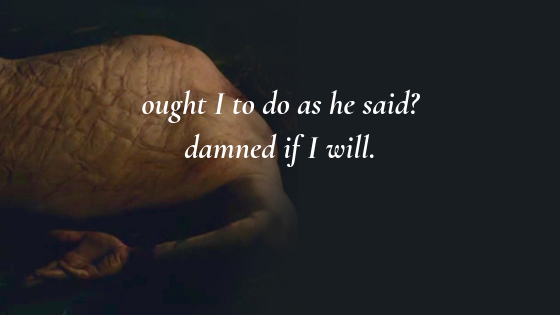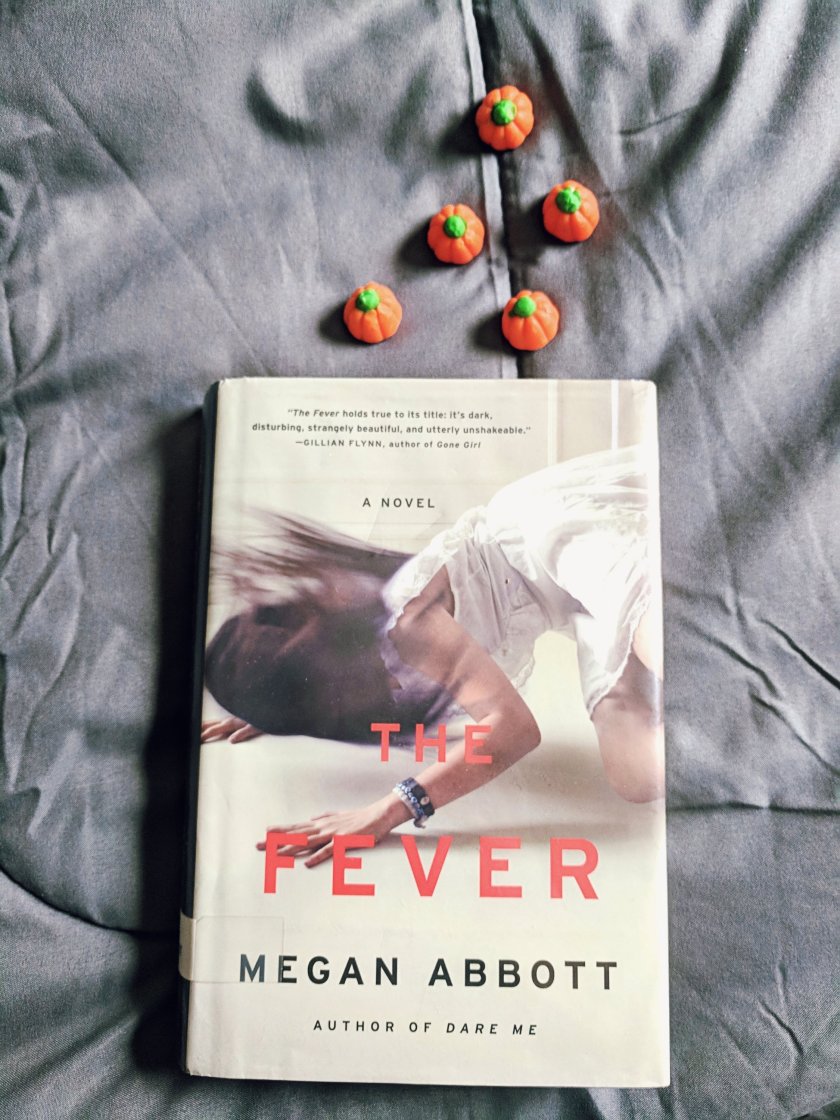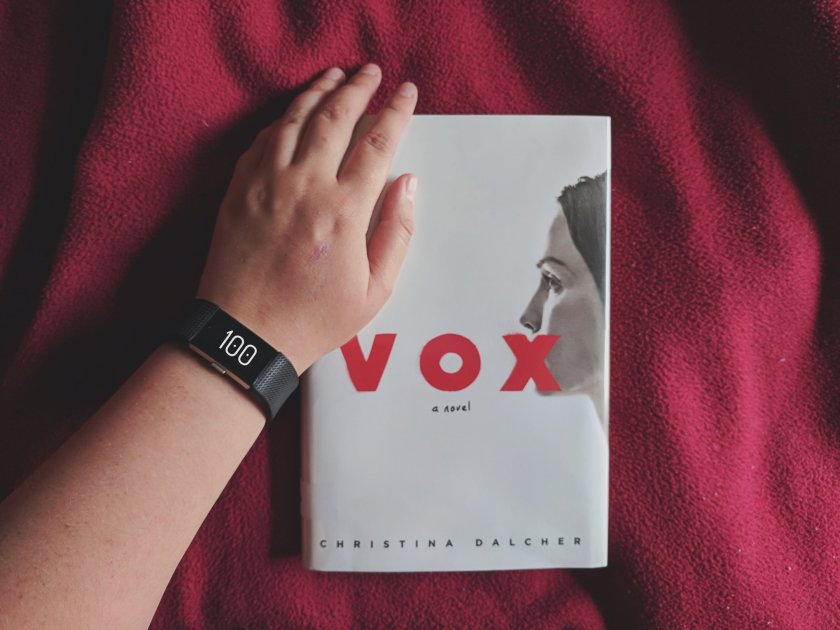
THE HATE U GIVE by Angie Thomas
RATING: ★★★★★
GENRE: Young adult, bordering on new adult.
THEMES: The Black Lives Matter movement, race, identity, coming of age, activism, poverty, and police brutality.
TRIGGER WARNINGS: Police brutality, gun violence, gang violence, mentions of domestic violence, mentions of drug use.
Once upon a time there was a hazel-eyed boy with dimples. I called him Khalil. The world called him a thug.
THE HATE U GIVE, or, as it’s affectionately abbreviated by fans, THUG, centers around Starr Carter, a sixteen year old black girl living in Garden Heights, an impoverished, mostly-black neighborhood, but who attends the nearly all-white high school, Williamson Prep. Identity and perception rule Starr’s world, and while most teens can relate to this, as a teen of color, Starr is living in two worlds, constantly trying to manage how to balance between “Garden Heights Starr” and “Williamson Starr”: Garden Heights Starr can speak the way she wants to without feeling like she’ll be seen as improper or “ghetto”, while Williamson Starr has to hold her tongue; Garden Heights Starr can be angry and emotional and complicated, while Williamson Starr can’t be without being perceived as “the angry black girl”; Garden Heights Starr is only known as Big Mao’s daughter who works at the store, while Williamson Starr is a basketball star, a good dancer, a cool girl–but also as one of the only black girls in school.
Williamson Starr doesn’t use slang – if a rapper would say it, she doesn’t say it, even if her white friends do. Slang makes them cool. Slang makes her “hood”. Williamson Starr holds her tongue when people piss her off so nobody will think she’s the “angry black girl”. Williamson Starr is approachable. No stank-eyes, none of that. Williamson Starr is no confrontational. Basically, Williamson Starr doesn’t give anyone a reason to call her ghetto.
While juggling these two identities and trying to navigate some normal teenage dilemmas–friendships that wane, romantic relationships that are starting to get physical–Starr hides a deeply-buried trauma that she is reminded of every day: the death of one of her best friends, Natasha, at the hands of a drive-by, assumedly gang related shooting.
One night, Starr is invited to a party in Garden Heights, where she and another of her best friends, Khalil, catch up. In another room, gunshots fire off, and the party ends abruptly, teens running out of the house. Khalil and Starr, running out together, decide to carpool home.
Then Khalil is pulled over by the police.
Then Khalil, like so many black boys in the USA, is assumed to be a threat.
Then Khalil is shot and killed in the middle of the street.
Days later, the process begins for a trial against the officer. And Starr has a choice: to speak out against the injustice or to stay silent.
I’ve seen it over and over again; a black person gets killed just for being black, and all hell breaks loose. I’ve tweeted RIP hashtags, reblogged pictures on Tumblr, and signed very petition out there. I always said that if I saw it happen to somebody. I would have the loudest voice, making sure the world knew what went down. Now I am that person, and I’m too afraid to speak.
It has been a while since I last read a YA novel. Come to think of it, I don’t know if I can actually recall the last YA novel I read.
I have nothing against YA or new adult in the slightest–I just often find myself wanting to read more adult themes and characters. But one night, on a spontaneous date-night trip to the closest Barnes and Noble (my boyfriend lovingly enables supports my bookworminess), the beautiful, shining, gilded-covered collectors’ edition version of THE HATE U GIVE, a novel that has been sitting on my TBR since its release in 2017, I had to get it and start reading it.
At first, THUG looks like a behemoth of a book. At just under 450 pages, I think this is one of the longer YA books I’ve come across, and I was wondering–not really nervous, though–how Angie Thomas would be able to keep the story engaging for such a large span of text.
This was one of the quicker books I’ve read, and I attribute that to both Angie Thomas’ style of writing, which has a really distinct voice and so easily speaks the way teenagers do, and the gripping story. There wasn’t a single point in THUG where I felt that there was a lull or a slow period, and it kept me engaged and hungry for more.
I have horrible, horrible motion sickness, and I read this book for 4 hours on a round trip bus ride. That should speak for itself.
Thomas weaves together the incredibly dark, heavy traumas that shape Starr’s life and her family’s–their struggles in Garden Heights as people who want to help change their neighbors and influence them to better themselves, the danger they face in a neighborhood rife with gang violence and a tight police grip, and Starr’s witnessing of two of her best friends being brutally shot in front of her before she graduates high school–and some pretty average, everyday struggles and triumphs of coming of age. There is a beautiful balance of bright humor and supporting friendships, budding activism and bravery, pain and its catharsis.
THUG is the kind of book that I think every single white person should read. Will it make everyone comfortable? No. Will it shed light on Black Lives Matter, whiteness, and police brutality? Absolutely.
Sometimes we need to read something that will make us uncomfortable. Sometimes we need a reminder that this world is not perfect for all of its people. All of its children.
THUG is that necessary reminder, that brave little voice, that rallying cry that now, more than ever, we need to support people of color and assert their validity, their right to this earth, the importance of their lives.









